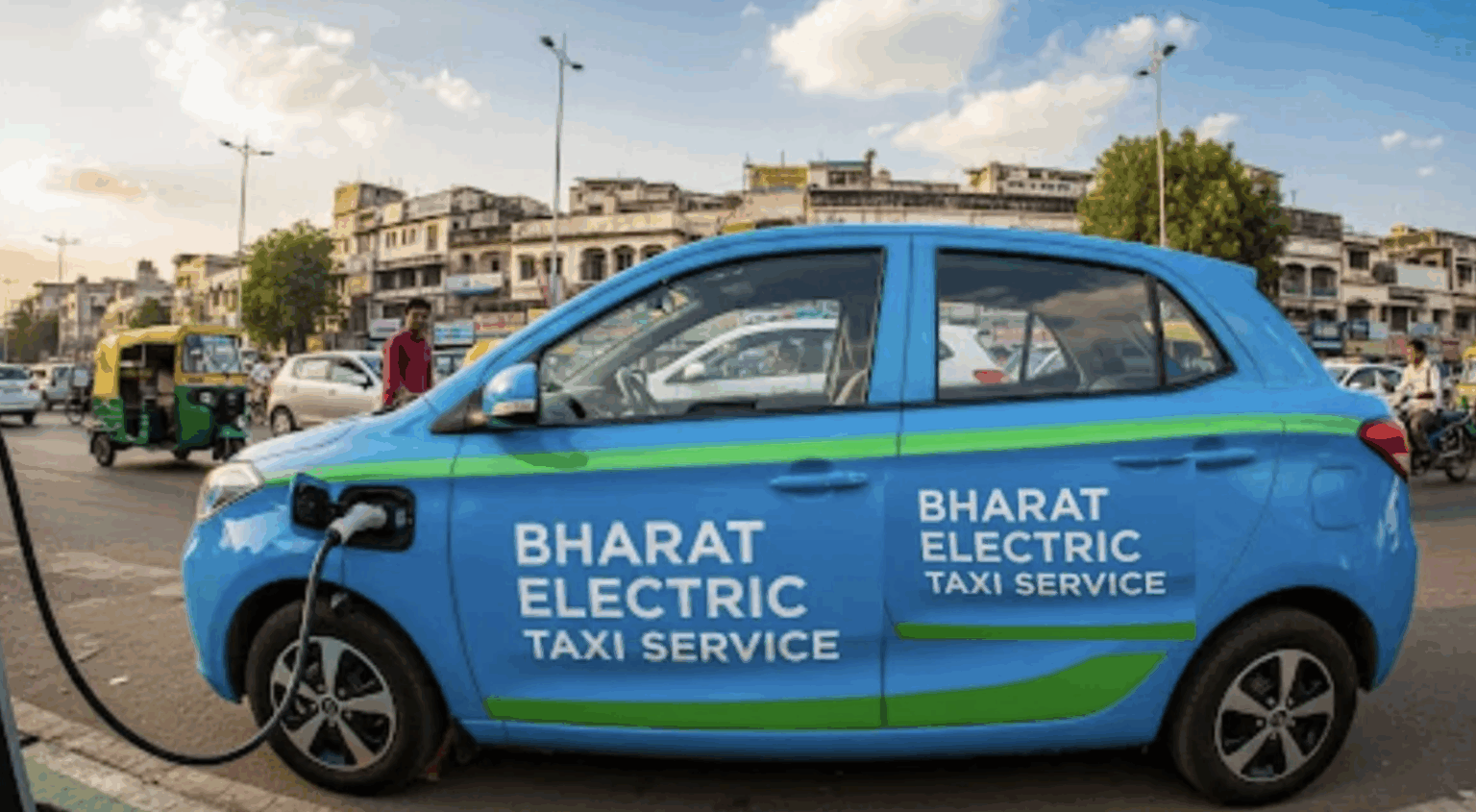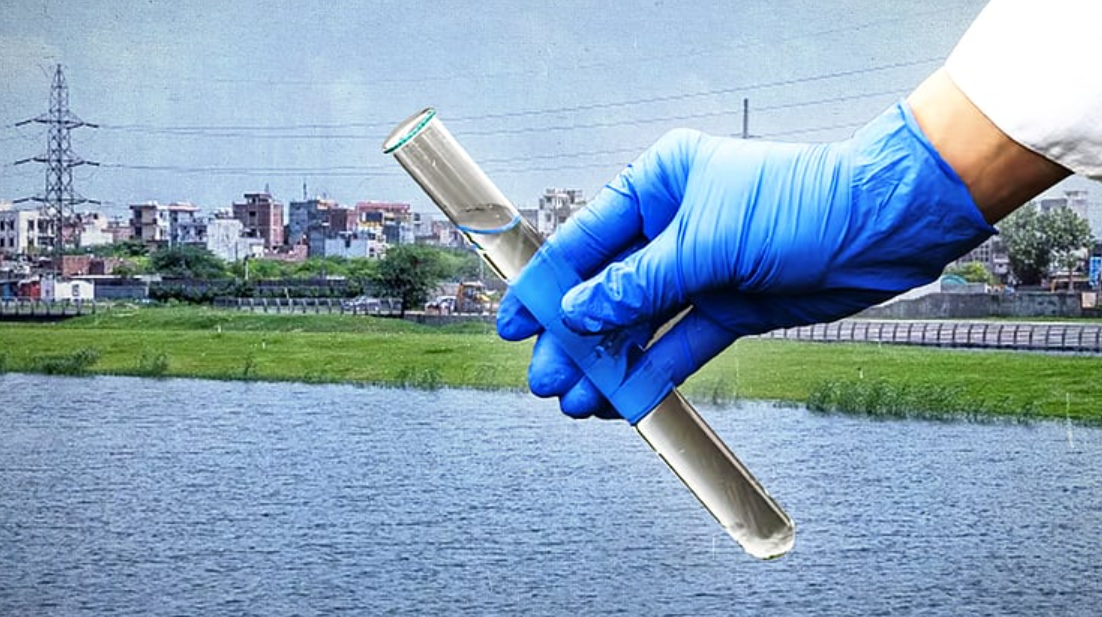Dr. Jitendra Singh, the Union Minister of State for Space, made an announcement on Saturday that trials for the forthcoming missions of the Indian Space Research Organisation (ISRO) Gaganyaan program are set to commence in October. Furthermore, he disclosed that the second phase of this initiative will introduce a female humanoid robot by the name of Vyommitra.

Who is Vyommitra and What Are Her Capabilities?
Vyommitra’s name is a fusion of two Sanskrit terms: “Vyoma,” signifying space, and “Mitra,” denoting friend. Vyommitra represents a prototype of a semi-humanoid designed specifically for the initial unmanned Gaganyaan mission. Vyommitra made her debut appearance during the opening session of the 2021 event titled ‘Human Spaceflight and Exploration – Present Challenges and Future Trends.’
Vyommitra possesses a range of capabilities, including the capacity to monitor module parameters, issue alerts, and conduct life support operations. She is proficient in tasks such as operating switch panels. Additionally, this robot is capable of serving as a companion, engaging in conversations with astronauts, recognizing them, and responding to their queries. The objective behind this semi-humanoid is to emulate human functions within the space environment and interact with the environmental control life support system.
What is the Gaganyaan Mission?
The Gaganyaan project has the primary aim of demonstrating India’s ability to conduct human spaceflight. The plan involves launching a crew of three individuals into a 400-kilometer orbit for a mission spanning three days, with a safe return to Earth through a landing in the waters of the Indian Sea. This ambitious mission necessitates the development of crucial technologies, including a launch vehicle rated for human use to safely transport the crew into space, a life support system capable of creating a terrestrial-like environment in space, provisions for emergency crew escape, and the refinement of various aspects of crew management, encompassing training, recovery, and rehabilitation.
The ISRO website underscores the importance of several precursor missions before the actual Gaganyaan mission can proceed. These demonstrator missions, which include the Integrated Air Drop Test (IADT), Pad Abort Test (PAT), and Test Vehicle (TV) flights, play a crucial role in showcasing the readiness of the technology before embarking on a manned spaceflight. The unmanned missions that precede the manned mission serve as essential steps to validate the safety and reliability of all systems involved.












